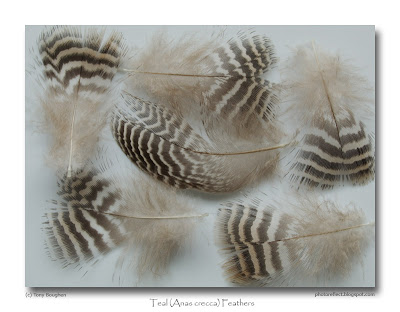 click photos to enlarge
click photos to enlarge The other day I took down a book from my shelves for no good reason other than I hadn't looked at it for a while. It was British Birds by F.B. Kirkman and F.C.R. Jourdain. My edition dates from 1966, the year I bought it in Kirkby Lonsdale as a teenage birdwatcher holidaying with relatives at nearby Whittington. It looks quite old-fashioned today with its painted illustrations (called Plates, and numbered), and text divided into sections headed Description, Range and Habitat, Nest and Eggs, Food, and Usual Notes (i.e. song or call). Moreover, the order of the species is not as we would now expect, but starts with Crows and ends with Divers. A further quirk is the page numbering that counts only the text pages, something that is quite common in C19 books. In fact, this book looked old-fashioned in 1966, and with good reason: the first edition was printed in 1930, was based on the British Bird Book (ed. Kirkman) of 1910-1913, and uses the same 200 illustrations.
The other day I took down a book from my shelves for no good reason other than I hadn't looked at it for a while. It was British Birds by F.B. Kirkman and F.C.R. Jourdain. My edition dates from 1966, the year I bought it in Kirkby Lonsdale as a teenage birdwatcher holidaying with relatives at nearby Whittington. It looks quite old-fashioned today with its painted illustrations (called Plates, and numbered), and text divided into sections headed Description, Range and Habitat, Nest and Eggs, Food, and Usual Notes (i.e. song or call). Moreover, the order of the species is not as we would now expect, but starts with Crows and ends with Divers. A further quirk is the page numbering that counts only the text pages, something that is quite common in C19 books. In fact, this book looked old-fashioned in 1966, and with good reason: the first edition was printed in 1930, was based on the British Bird Book (ed. Kirkman) of 1910-1913, and uses the same 200 illustrations.It was those paintings, as well as the quality of the book, and the final section with paintings of all the species' eggs lined up as in a Victorian collector's cabinets, that led me to buy it. The main plates are in a range of styles by a variety of artists, usually showing the bird in its habitat. Most are the work of A.W. Seaby, but there are contributions by G.W. Collins, Winifred Austen and H. Gronvold. For the purposes of identifying the species the pictures leave a little to be desired, but as individual paintings of wild birds they are charming: they appealed to a teenager, and they appeal to me still.
As I renewed my acquaintance with the book and flicked through the pages, stopping at birds that caught my eye, I came to the Teal (Anas crecca), and out from the page dropped a little collection of feathers of that species. Watching them float slowly to the floor I was immediately transported back to the pond on Docker Moor where I found them among the rushes after I'd inadvertently flushed the birds from the water side. They were from the flanks, scapulars or back of the birds, and had lain undisturbed between the pages for more than forty years.
What do you do when you find a group of feathers like this? Photograph them of course! My first image is in the style of the Victorian collectors, with the feathers laid out not quite randomly on a white background. The second is what I see as a more modern approach, a closer view making more of the brown and white striations by the use of a black background.
photograph & text (c) T. Boughen
First image
Camera: Olympus E510
Mode: Aperture Priority
Focal Length: 35mm macro (70mm/35mm equiv.)
F No: f11
Shutter Speed: 1/5 seconds
ISO: 100
Exposure Compensation: 0 EV
Image Stabilisation: Off
Second image
Camera: Olympus E510
Mode: Aperture Priority
Focal Length: 35mm macro (70mm/35mm equiv.)
F No: f11
Shutter Speed: 1/2 seconds
ISO: 100
Exposure Compensation: -0.7 EV
Image Stabilisation: Off